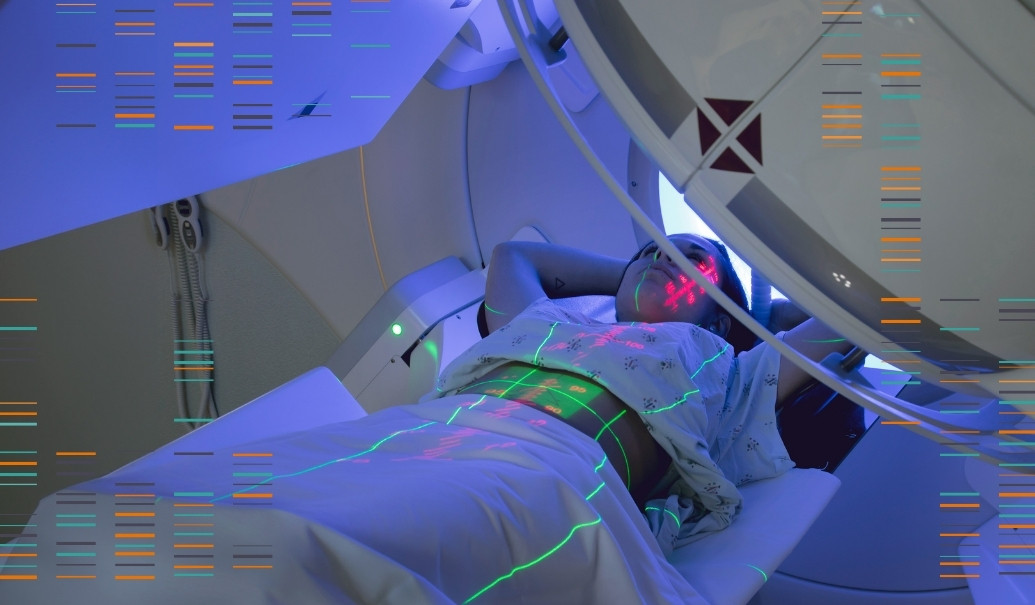The oncology market has become increasingly crowded and complex incredibly quickly. As an oncology market researcher, you might be feeling a lot of pressure to up the analytical sophistication in your research and capture nuanced decision-making, all while getting insights to your key stakeholders faster. Have you ever wondered how AI could help solve some of the burning challenges that you’re facing, and help you get robust answers to your questions quickly to help you keep up with the rapidly changing market? Here’s how AI can help.
1. AI makes market research smarter. Today, there are two major challenges in oncology market research that cause researchers a lot of heartburn: quality of insights and depth of insights.
Let’s tackle quality of insights first. There’s a lot of crowding of products in each tumor type as the market continues to evolve rapidly, which invariably leads to oncologists getting bombarded with market research participation requests. ZS estimates that a typical oncologist enrolled in research panels gets hit by more than four surveys per day. With this mind-boggling number comes the obvious question: Are we able to get the right oncologists for our research? Is our sample truly representative? Are we able to get meaningful engagement and attention from them even if they decide to take our survey? How much of this survey fatigue is affecting the quality of their answers? When we show them a product profile, are they really reading it? Time and again, we have seen a well-moderated qualitative approach extract more meaningful insights but suffer from a lack of statistical power. Here’s where the magic of AI could come into play. Taking a cue from qualitative research, AI can help us transform traditional surveys into conversations—a unique, nuanced conversation for each individual respondent that could help with:
- Targeting the right oncologists for research participation based on their background information, publication details, etc. This could be particularly important for an early pipeline asset in a rare tumor type where we need to speak with selected experts in a niche area.
- Keeping the respondents engaged during the entire survey. Imagine talking to a chatbot instead of taking a traditional survey to simulate real-life texting or a phone discussion.
- Gathering a more robust sample compared to qualitative research, which can provide the necessary confidence to drive decision-making.
Let’s now look at depth. With increasingly complex markets with competing mechanisms of action, decision-making has become more nuanced and doesn't only involve individual oncologists in isolation. Here again, the power of AI-driven conversational surveys can help save the day. With access to a huge pool of direct and indirect questioning techniques and the power of natural language processing as well as sentiment analysis, this intelligent platform can help uncover the real reasons behind why oncologists make (or don’t make) certain decisions. This also gives us the opportunity to go beyond Q&A: Simulating a tumor board review can help companies understand how a respondent defends her treatment decision. Similarly, a simulated conversation between respondents can help us assess how consensus will be driven in the real world. And all of these—with the robustness of a quant research sample—come at little additional cost.
2. AI makes market research faster. A major portion of the human effort in a market research project happens after the data is collected. Be it in the data processing and quality checks, analyzing the data, or creating and populating a huge number of PowerPoint slides to put together an insightful report addressing key business questions. The problem is more severe in oncology market research, where there are many more nuances to be explored, many dots to be connected and many complicated business questions to be answered. And imagine doing this in a situation where every respondent has had a unique conversation with a chatbot.
AI and robotic automation also help us push the boundaries of market research by making market research results available quickly for business decisions, with all of the relevant insights and deep dives that a business stakeholder wants. Not only does this make the process more efficient, but it also improves the usage and adoption of market research results in critical decision-making. There are a few ways that AI is allowing us to do this:
- Using natural language processing to extract insights from conversations with minimal human intervention
- Using sentiment analysis to understand sentiment around products or product launches in real time to catch any negative sentiment quickly or potentially use it as a yardstick for discounting results
- Using robotic process automation and AI to execute manual processes faster and in more intelligent ways (such as looking at patterns to flag poor-quality responses)
- Using AI-based recommendation engines to make insights more personalized to users, where business users not only see customized insights based on their role and previous usage history but also receive recommendations on other pieces of insight that might also interest them
Is anyone there yet? Not quite. AI in market research is a relatively nascent topic. However, there’s a lot of interest and activity on this topic, and companies that invest now will reap the benefits of better, faster, more actionable insights into their customers.
Are you ready to fast-forward your oncology market research and harness the power of AI?
















